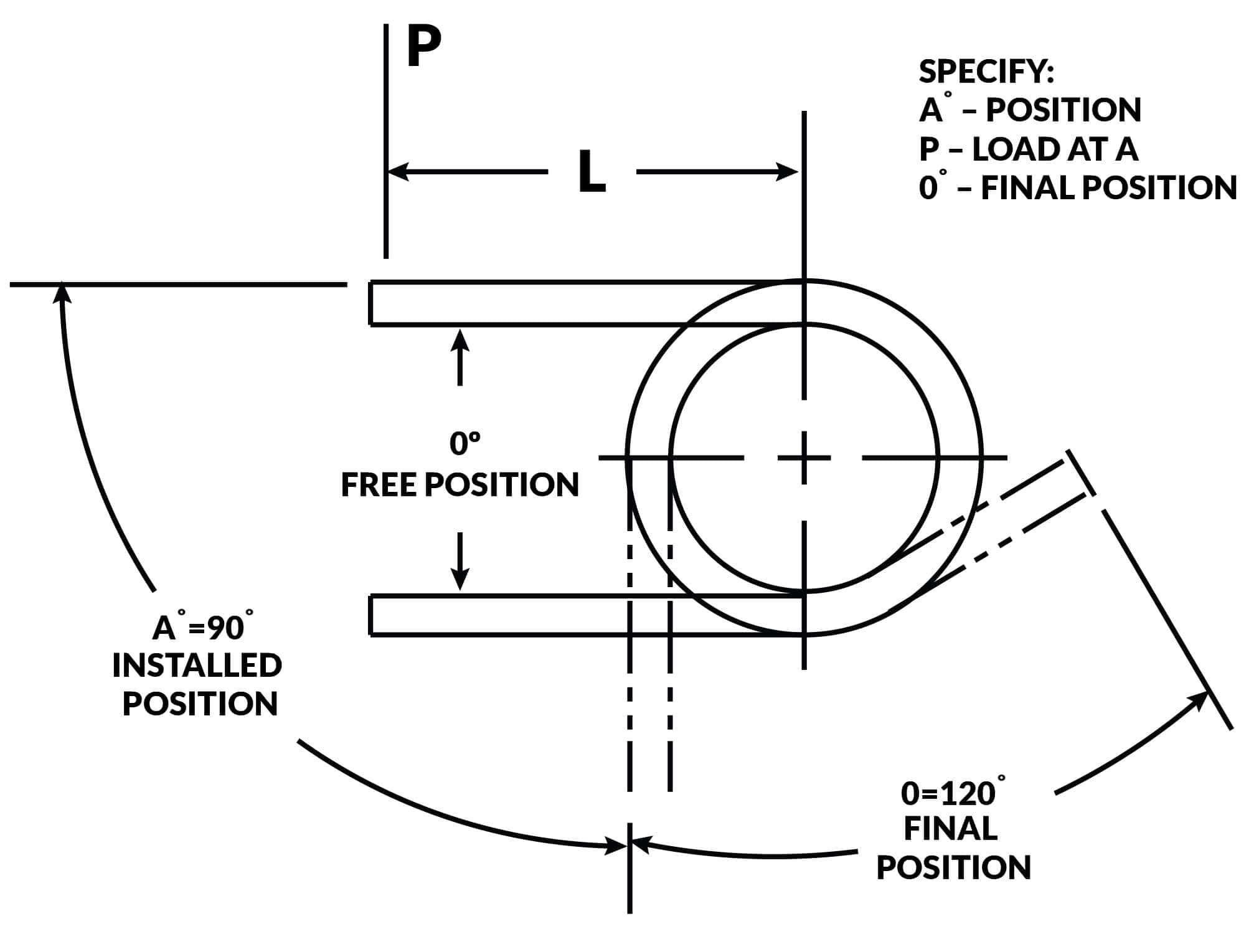Get unique, complex parts easily. No matter your requirements, Chaoyi Spring creates hard-to-produce coil springs and wire forms.
Let us help you create the custom wire form you need, from S-hooks and J-hooks to utility hooks and more.
We work closely with customers across a wide range of industries, helping them design and manufacture made-to-order parts.
Why choose Chaoyi Spring? We prioritize customer-focused collaboration, modern equipment and the latest technology to make your parts per print.
Find the information and guidance you need, from measuring a spring to learning about materials, placing an order and much more.
Compression springs, often overlooked yet incredibly vital, are the unsung heroes of countless mechanical systems. They provide a reliable and predictable way to store and release energy, playing a crucial


Compression springs, often overlooked yet incredibly vital, are the unsung heroes of countless mechanical systems. They provide a reliable and predictable way to store and release energy, playing a crucial role in everything from door hinges to automotive suspensions. Their ability to absorb shocks, maintain consistent force, and control movement makes them indispensable in various applications.

Compression springs are helical springs designed to resist compression forces. They are typically made of coiled wire, with the ends either closed or open, depending on the application. When compressed, the spring stores potential energy, which is then released when the force is removed, causing the spring to return to its original length. The force required to compress the spring increases proportionally with the amount of compression.
The design of a compression spring is dictated by its intended use. Factors like spring rate, length, diameter, material, and end configurations all play a role in determining its performance.
The spring rate, often denoted by 'k', is perhaps the most crucial characteristic of a compression spring. It defines the relationship between the force applied and the spring's deformation. In simple terms, it tells us how much force is needed to compress the spring by a certain distance. A higher spring rate implies that more force is required to achieve a given compression, while a lower spring rate requires less force.
The spring rate is crucial in ensuring that the spring operates within its intended parameters. A spring with a rate that is too high might be too stiff and unable to absorb shocks effectively. On the other hand, a spring with a rate that is too low might be too flexible and not provide the desired resistance.
The material used in a compression spring significantly impacts its performance. Common materials include steel, stainless steel, and various alloys. Each material has its unique properties regarding strength, resilience, and resistance to corrosion. Steel is often favored for its high strength and low cost, while stainless steel offers superior corrosion resistance. The choice of material is based on the specific requirements of the application.
The ends of a compression spring can be configured in various ways, each influencing its functionality. Common end configurations include:
The choice of end configuration is based on the specific requirements of the application, such as the type of load to be applied and the desired level of stability.
Compression springs are omnipresent in our lives, silently contributing to the functionality of countless mechanical systems. Let's explore a few examples:
Selecting the right compression spring for a specific application involves considering various factors. Key considerations include:
Compression springs are humble yet essential components in a wide range of mechanical systems. Their ability to store and release energy, absorb shocks, and control movement makes them indispensable for a variety of applications. By understanding their characteristics, functionality, and design considerations, engineers and designers can leverage these powerful components to create efficient and reliable mechanical systems.
The next time you encounter a door that swings smoothly or a car that handles bumps with ease, remember the often-unsung hero working behind the scenes: the compression spring. These unassuming components are a testament to the power of simple mechanics and their ability to make our lives easier and more efficient.
Browse some of the custom wire forms and springs that we manufacture. Don’t see what you need? We specialize in made-to-order products that meet your application requirements.
Visit Our GalleryNeed a custom wire form or coil spring? We make it work. Fill out the contact form and a representative will respond within 1 business day. If you have a PDF or CAD file, you can submit to request a quote.